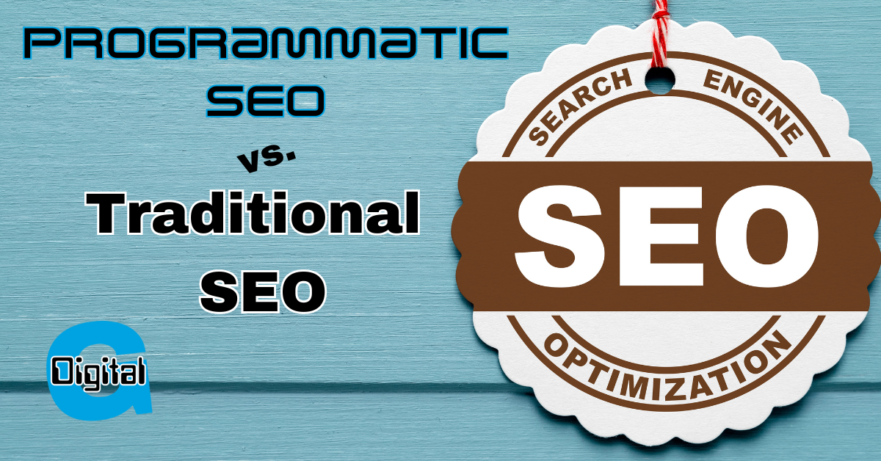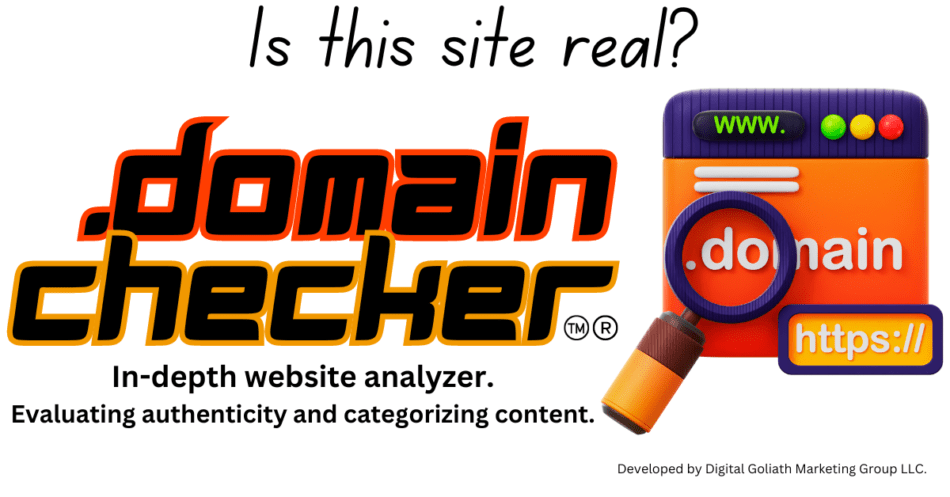Scaling the Web: Programmatic SEO vs. Traditional SEO
The ever-evolving landscape of SEO presents a constant challenge for businesses: how to achieve high search engine rankings and organic traffic efficiently. Two main approaches have emerged: programmatic SEO and traditional SEO. This article jump into the nuances of each method, exploring their strengths, weaknesses, and ideal use cases.
Unveiling Programmatic SEO: Power in Automation

Programmatic SEO leverages automation and software to generate and optimize content at scale. This approach utilizes algorithms to:
- Identify keywords: Targeting a vast array of long-tail keywords with lower competition.
- Craft content: Software populates templates using data feeds and keyword variations.
- Optimize pages: Programs incorporate basic on-page SEO elements like title tags and meta descriptions.
Pros of Programmatic SEO:
- Speed and Scalability: Generate massive amounts of content in a short timeframe, ideal for large websites or targeting niche locations.
- Cost-Effectiveness: Potentially lower upfront cost compared to creating high-quality content from scratch.
- Data-Driven Approach: Utilizes data analysis to identify keyword opportunities and optimize pages for specific metrics.
Cons of Programmatic SEO:
- Content Quality Concerns: Automated content might lack depth, originality, and user engagement.
- Neglecting User Experience: Focus on quantity might overlook user-centric design and navigation.
- Missing Crucial SEO Elements: Programs might miss internal linking, image optimization, and other ranking factors.
- Potential for Google Penalties: Search engines penalize low-quality content and manipulative practices.
The Cornerstone of SEO: Traditional SEO – A Hands-on Approach

Traditional SEO involves manual effort and expertise to optimize a website for search engine visibility. Key aspects include:
- Keyword Research: Identifying relevant keywords with high search volume and low competition.
- Content Creation: Developing high-quality content that provides value to the target audience.
- On-Page Optimization: Optimizing title tags, meta descriptions, header tags, and internal linking for relevant keywords.
- Technical SEO: Ensuring website crawlability, mobile-friendliness, and fast loading speeds.
- Off-Page Optimization: Building backlinks from high-authority websites to improve website authority.
Pros of Traditional SEO:
- Focus on Quality: Content is crafted by humans, ensuring user engagement and information value.
- Flexibility and Control: Allows for tailoring SEO strategies to specific goals and target audiences.
- Sustainable Results: Builds long-term website authority through organic growth and content value.
- Reduced Risk of Penalties: Prioritizes best practices that align with search engine guidelines.
Cons of Traditional SEO:
- Time-Consuming: Requires ongoing effort for keyword research, content creation, and optimization.
- Higher Upfront Cost: Investing in high-quality content creation and SEO expertise can be expensive.
- Slower Results: Building organic traffic and website authority takes time and consistent effort.
Finding the Right Fit: Programmatic vs. Traditional SEO

The optimal SEO approach depends on your website’s specific needs and resources. Here’s a breakdown of ideal use cases:
- Choose Programmatic SEO if:
- You have a large website with a vast range of products or services.
- You target a geographically dispersed audience with localized content needs.
- Your budget prioritizes cost-effectiveness for a broad content strategy.
- Choose Traditional SEO if:
- You prioritize high-quality content and user engagement.
- You target a specific audience with well-defined search intent.
- You aim for sustainable, long-term organic growth and website authority.
The Hybrid Approach: Many businesses find success with a hybrid strategy. Programmatic SEO can be used to create basic content for location-specific pages or long-tail keywords, while traditional SEO focuses on in-depth content and strategic optimization for high-value keywords.
Beyond the Binary: Combining Strengths for SEO Success

The key to a successful SEO strategy lies in understanding the strengths and weaknesses of both approaches. Here are some tips for maximizing your results:
- Content Quality Matters: Even with programmatic content, prioritize editing and human intervention to improve user experience.
- Data-Driven Decisions: Use data from programmatic tools to inform keyword research and content direction for traditional SEO.
- Technical SEO Foundations: Ensure a solid technical SEO foundation for both programmatic and traditionally optimized pages.
- Track and Analyze: Continuously monitor your website’s performance and adjust your SEO strategies accordingly.
Wrapping up: A Strategic Blend for SEO Domination
By combining the scalability of programmatic SEO with the quality focus of traditional SEO, you can create a robust and adaptable SEO strategy. Remember, search engine algorithms are constantly evolving. Staying informed, focusing on user experience, and leveraging a data-driven approach will equip you to navigate the ever-changing SEO landscape and achieve long-term success.
This article has provided a comprehensive overview of programmatic SEO and traditional SEO. By understanding their nuances, strengths, and weaknesses, you can make informed decisions to optimize your website for search engines and attract organic traffic. Remember, the most successful SEO strategy is one that adapts to your specific needs and leverages the best of both worlds.


